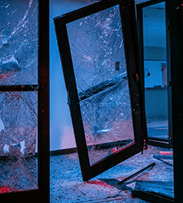The Crucial Role of Physical Security in Today’s Business Landscape
An editorial by our managing director, Roger Humphreys, was featured in the latest issue of Security Matters magazine. Check out a summary of the article below. For the full article, please click here.
Cyber security has taken centre stage in an era where businesses rely on IT infrastructure for day-to-day operations. However, the importance of physical security in protecting people, property, and assets is equally paramount. The article explores the significance of a holistic approach combining cyber and physical security measures.
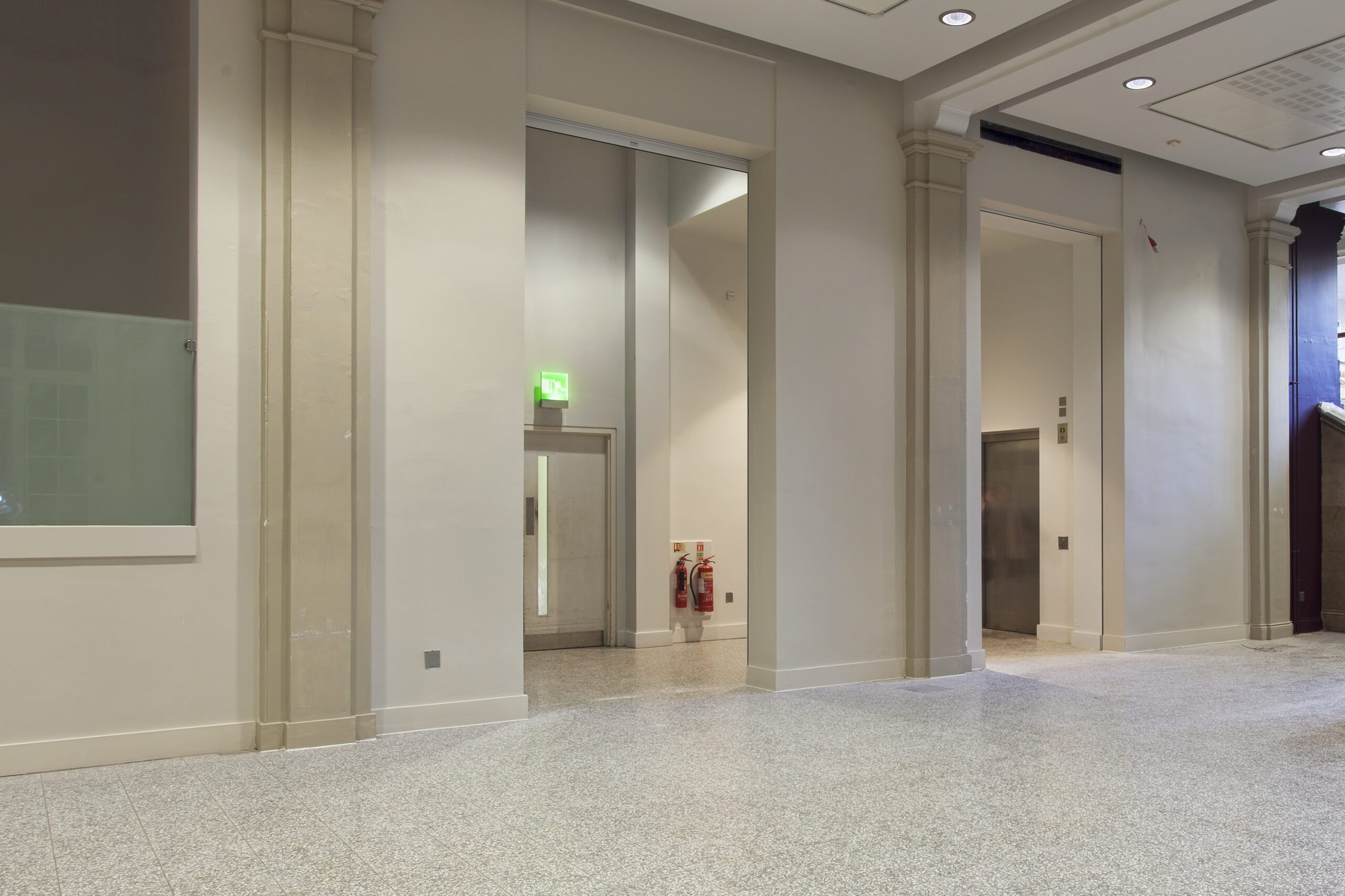
The foundation of physical security lies in perimeter security, which utilises integrated electronic and mechanical elements to prevent unauthorised physical access. Key components such as keypads, ID badges, biometric logins, and security patrols work in tandem to limit access. The architectural design of a building, including doors, windows, walls, gates, and security shutters, forms the elemental line of defence.
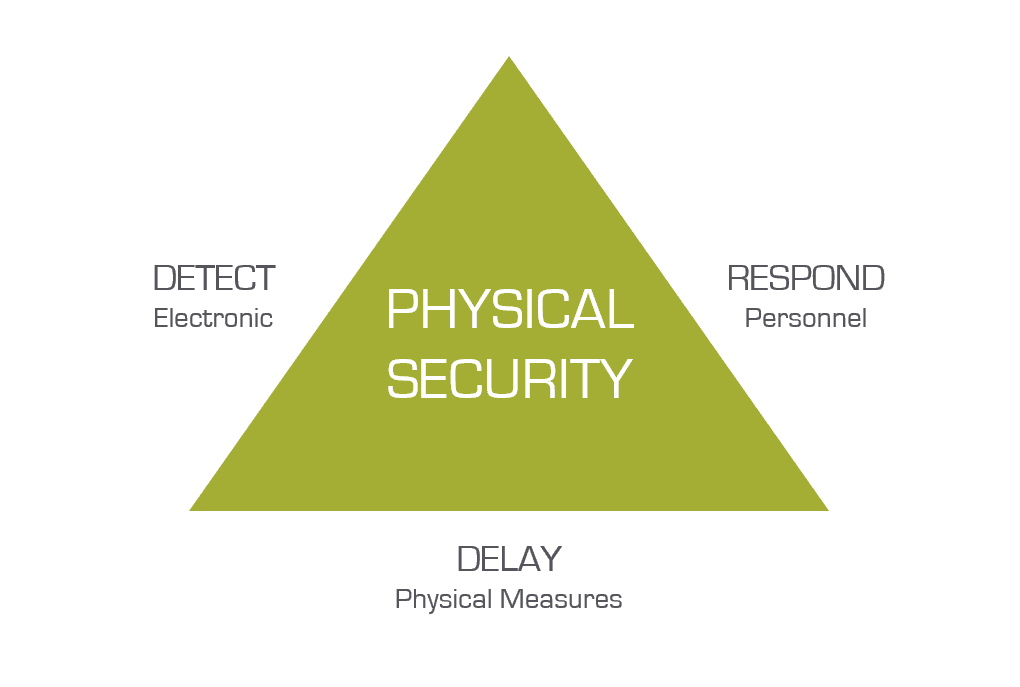
The article emphasises a layered model for physical security, where multiple measures deter, detect, and delay intrusions. The Loss Prevention Certification Board (LPCB) advocates for suitable physical security measures that provide sufficient delay to enable the detection and response of intruders.
One crucial standard highlighted is LPS 1175, which focuses on the physical security of intruder-resistant building components. The standard, now in Issue 8, employs a layered approach, separating attack time from tools and allowing for more effective security measures.
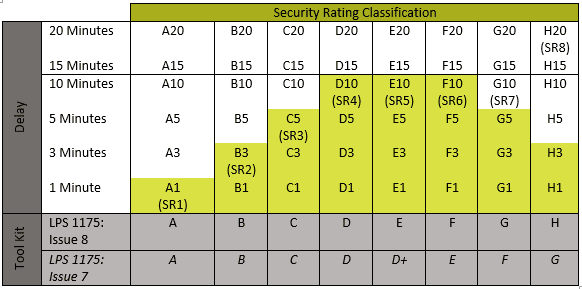
The article delves into other standards, such as PAS 24:2016 and EN 1627, outlining their relevance in assessing the security performance of door sets and windows against various attack methods. Resistance classes are introduced to determine the level of burglary resistance offered by a security product.
Common physical security threats, including vandalism, theft, sabotage, and espionage, are discussed, along with appropriate countermeasures. The article provides insights into real-world challenges, such as securing high-value exhibits in cultural institutions within historic buildings.
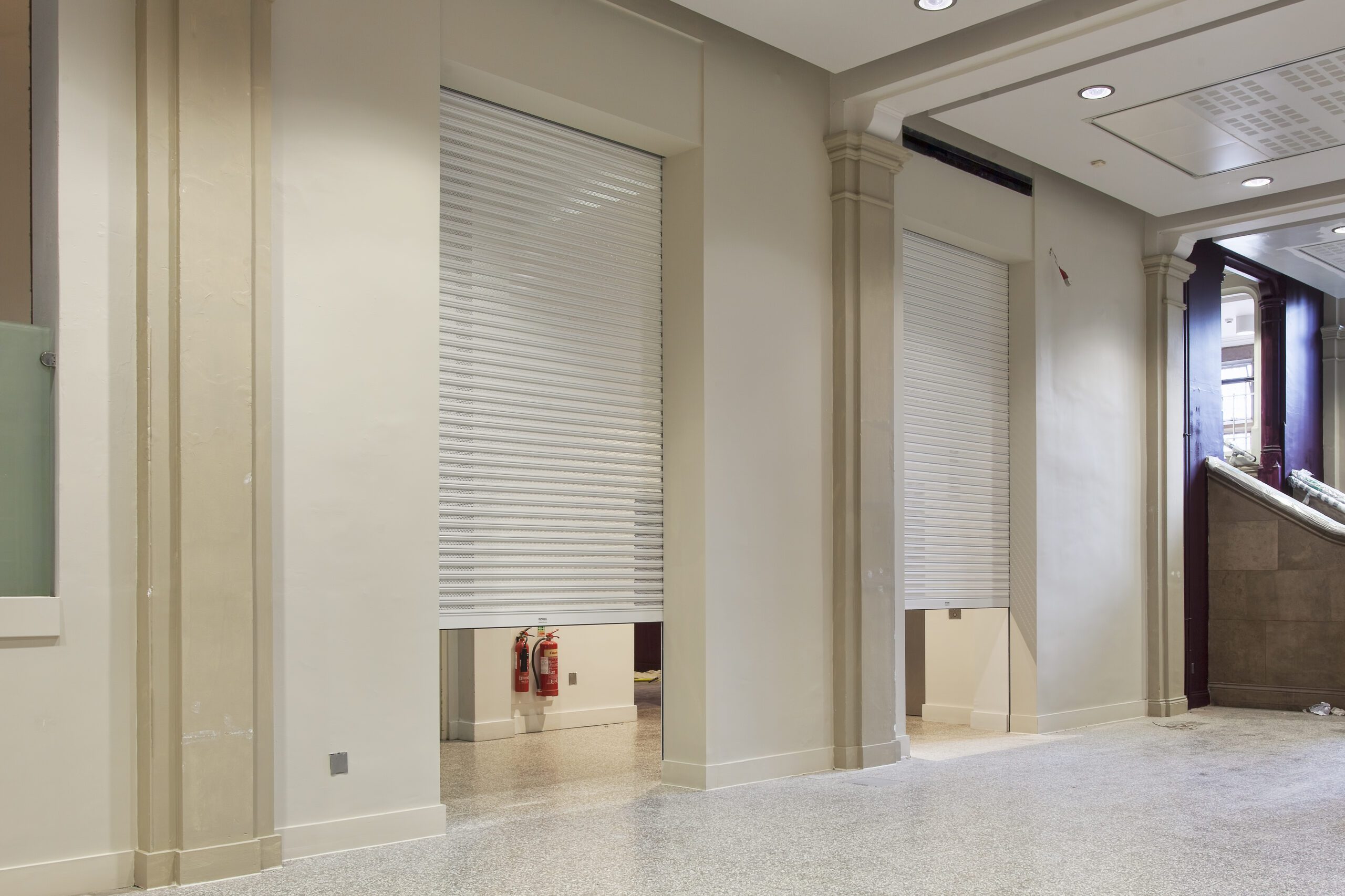
Our Manchester Museum case study illustrates the application of “Lockdown Technology” to enhance security shutters without compromising aesthetics. The project required a tailored approach, including the use of LPS 1175 SR3-rated Obexion security shutters and bespoke security-certified steel frames.
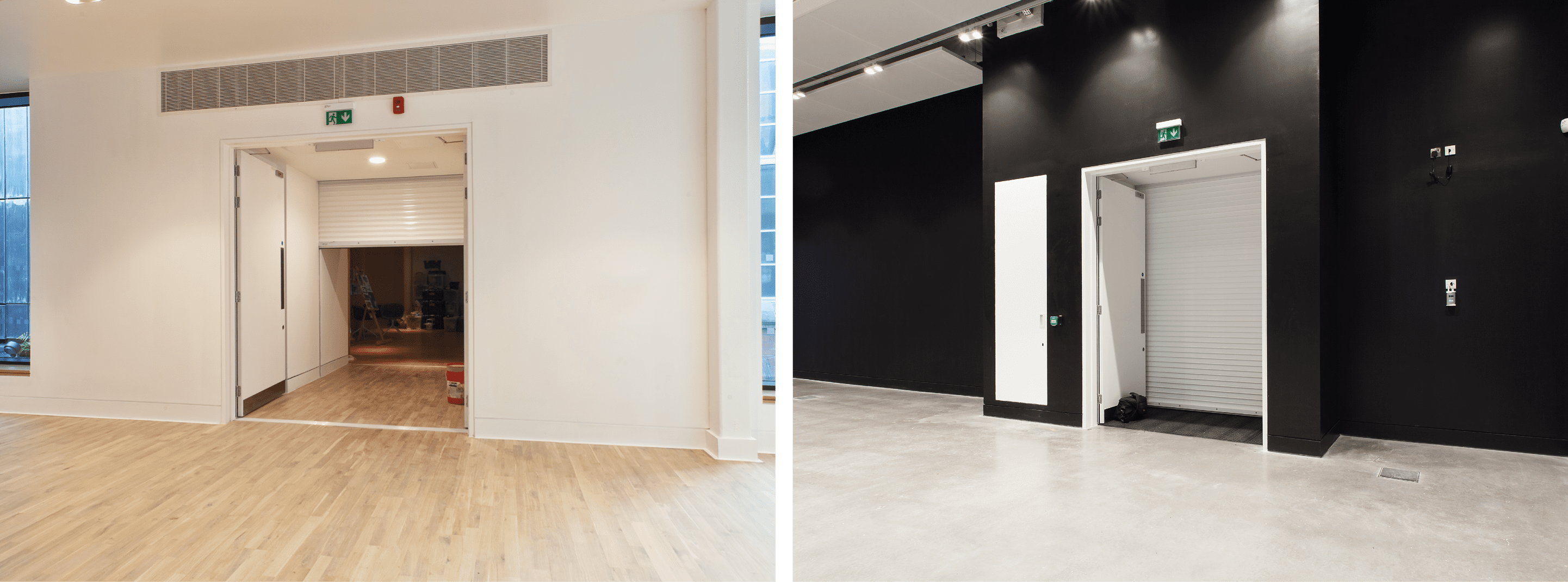
The article concludes by addressing severe threats like terrorism and the importance of a coherent, risk-based security strategy. The upcoming Terrorism (Protection of Premises) Bill, known as Martyn’s Law, is mentioned as a significant step toward raising security standards in the UK.
In a world where physical security risks are diverse, businesses must adopt a comprehensive strategy that combines the best practices of physical and cyber security. Standards and certifications play a crucial role in ensuring the effectiveness of security measures, providing businesses with the confidence that their assets and personnel are adequately protected.
If you would additional information on the contents of this article, or our products and services, leave an enquiry below and a member of our team will contact you promptly.







